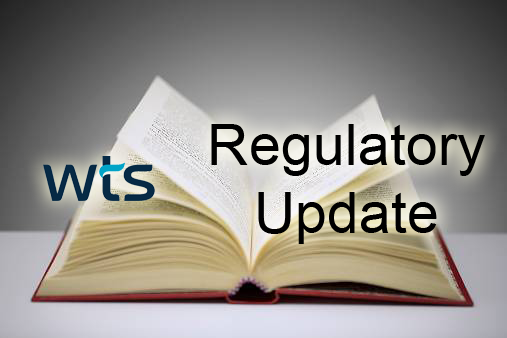What’s new?
In October of 2016, the EPA’s Generator Improvements Rule was signed and was soon after published into the Federal Register. The rule changes updated several aspects of the Resource Conservation and Recovery Act (RCRA). Though we won’t get into all the changes here, there were a couple updates to biennial reporting of note. These include:
- Biennial reporting is now required for owners or operators of facilities that recycle hazardous waste without storing the wastes, or facilities that receive and partially reclaim hazardous waste prior to producing a commodity-like material, and
- If you are a small quantity generator (SQG) who becomes a large quantity generator (LQG) for a short period, you must report all the waste your facility generated for the ENTIRE year, not just during the months the facility was an LQG.
A couple of other updates that can affect a sites hazardous waste reporting are changes that:
- Allow additional flexibility in episodic generation, which can help a hazardous waste generator avoid a higher generator status provided they are managing the waste properly, and
- Letting very small quantity generators send their hazardous waste to a large quantity generator provided they are managed by the same person
Please remember that these changes are for states that have adopted the EPA’s Generator Improvement Rule. As always, check to see if your state has adopted these changes before you file your report.
What information will you need?
Before you begin the process of filling out your facility’s biennial report, some key information you will need is:
- Facility’s name and address,
- Your facility’s EPA ID number,
- The quantity and nature of the waste your facility generates, and
- If that waste was sent to a facility for recycling, treatment, or disposal.
- This includes Source Codes, Form Codes, and Waste Minimization Codes. If any of the hazardous waste generated at your facility was treated, disposed, and/or recycled on-site, you should also have the Management Method Codes ready
- This information can be found on returned manifest copies and on the profiles for the hazardous waste that has been shipped off site
When this information is gathered, you can begin the process of filling out an 8700-13A/B form. This can be found on the EPA’s website, or a quick search of “8700-13A/B” will provide you the links that you’ll need. After clicking the link in the EPA’s website, they provide a brief introduction and a link to their PDF, which includes detailed instructions and includes the forms that will need to be completed.
As always, WTS, Inc. is here to help! Should you need assistance with obtaining any of the information listed above, please reach out to your Account or Environmental Manager and they will ensure your needs are met. We understand that filing out a report can be frustrating and time consuming, but thanks to LMWTS, the information you need is at our fingertips.
When is it due?
When you complete your report, it must be submitted to either the authorized state agency or an EPA regional office. Biennial reports are due on March 1st of every even numbered year, so for LQGs filing this year, the reports must be submitted by March 1st, 2022.

